What is Chaga?
Chaga is a slow-growing tree fungus found in cold climates around the world.
This fungus is thought to be one of the best immunomodulators in the natural world. It has a long history of use as medicine, has been the subject of dozens of clinical trials, and is the source product for over 40 pharmaceutical oncology medications.
The fungus itself doesn’t have an appetizing appearance, resembling burnt, diseased growth protruding from birch or alder trees. Once harvested chaga looks more like a rock than a herb.
Despite its appearance, chaga makes a delicous tea resembling the color and flavor of coffee — without the caffeine.
What is Chaga Used For?
Chaga is primarily used as an immune tonic. It’s consumed in capsules, as a strong tea, or in tincture form for supporting and stimulating several different parts of the immune system.
Medicinally, the msot common use for the herb is as an adjunctive cancer treatment, and for compromised immune systems.
Herbalists often use chaga for heart disease, high cholesterol, hypertension, hyperglycemia, and atherosclerosis. This fungus contains an array of antioxidant, immune-boosting, anti-inflammatory, and adaptogenic compounds that give it a long list of potential uses.
Traditional Uses of Chaga
Chaga was commonly used for conditions such as cancer, ulcers, infection, and heart disease. In Russia and Siberia, chaga was used for general health-promoting effects. People drank chaga tea to prevent illness and infection and promote overall vitality and health.
+ Northern Europe
A lot of the traditional knowledge we have of the fungus today comes from the Khanty people of Siberia (formerly called the Ostyaks). This group had a strong affinity for the fungus which grew abundantly in the birch forests they lived in. They used it as an anthelmintic to kill parasites, to treat tubuculosis (TB), for digestive disorders (gastritis, ulcers, etc), for liver disease, and to prevent or treat heart dissease.
The Khanty people used chaga as a tea as it’s commonly used today — but they also smoked it, or topically by burning it and using the ash to make an antiseptic soap.
In some parts of Russia where chaga consumption was common, the USSR Ministry of Health noticed dramatic reductions in cancer rates among these popularions and attributed it to the consumption of chaga. It was then added to the official Soviet Pharmacopoea in 1955.
+ Asia
Chaga can also be found in the cold regions of Korea, Japan, and China. Here, chaga was used for its benefits on metabolic function, heart function, and for its antiseptic, anti-inflammatory, and antioxidant activities.
Herb Details: Chaga
Herbal Actions:
- Adaptogen
- Anti-Ulcer
- Anticancer
- Antinflammatory
- Antioxidant
- Antiviral
- Immunomodulator
Part Used
Fruiting Body
Family Name
Hymenochaetaceae
Distribution
Northern parts of the world in cluding Canada, Siberia, and Scandanavia. It grows exclusively where birch trees are found.
Constituents of Interest
- 3β-hydroxy-lanosta-8,24-dien-21-al
- Inotodiol
- Lanosterol
- Polysaccharides/beta-glucans
Common Names
- Chaga
- Birch Mushroom
- Cinder Conk
- Champignon de l’Immortalité
- Black Mass
- Birch Canker Polypore
Pregnancy
- There are no reports of toxicity or complications using chaga while pregnant
Duration of Use
- Long-term use of chaga is acceptable
Mycological Information
Chaga grows on various hardwood tree species — including birch (Betula spp.), oaks (Quercus spp.), poplar (Populus spp.), alder (Alnus spp.), ashes (Fagus spp.), and maple (Acer spp.). The most common species of tree you’re likely to find chaga on is birch.
There’s some debate as to whether chaga is parasitic or symbiotic. While it has clear parasitic tendencies, it also offers some benefits to the host tree that detract from the parasitic hypothesis — for example, when the tree becomes wounded, chaga will often form around the injury, protecting it from infection and further damage.
With that said, most of the current literature lists chaga as a parasitic fungi.
The lifecycle of this intriguing fungus is poorly understood. The hard, dark growths we know of as chaga is completely sterile. Only after the tree dies does the chaga mushroom begin to release spores. The fruiting bodies of the chaga form in the bark of the tree. They attract insects which devour the fruiting bodies very quickly. It’s believed the insects then carry the spores to a new host tree. very few chaga fruiting bodies have ever been found in nature.
When chaga spores find a new host they germinate and begin to grow under the bark. The growth is very slow, taking place over 5 to 7 years. Eventually, a black-colored blister begins to appear on the outside of the tree which is the part we use as medicine. Inside the hard black outer layer of the fungus is a soft core with a burnt-orange color.
Cultivation, Harvesting & Preparation
Harvesting chaga is difficult, and should only be done by experienced wild crafters to avoid damaging or killing the host tree. Usually, the wild-crafter will climb up to where the chaga is located, and using a saw or chisel, they’ll cut away chunks of the chaga — being careful not to damage the host tree underneath or remove too much of the fungus.
Preparing chaga can be difficult as well unless you buy it pre-ground or chopped. This fungus is extremely tough and hard to break into smaller pieces to make a tea with.
One of the best ways to prepare chaga for tea is to cut it into smaller pieces with a ban-saw. Smaller chunks can be added to a bag and beaten with a hammer into smaller pieces.
Chaga can then be added to a pot and simmered for 10-15 minutes to produce a dark, mildly bitter tea.
Pharmacology & Medical Research
+ Inflammation
Animal studies on chaga has revealed potent anti-microbial effects on experimental models of colitis [5]. Other animal studies have tested the effects of chaga on broader inflammatory models. One such study found that chaga extracts inhibited key inflammatory messengers such as nitric oxide (NO), prostaglandin E2 (PGE2) and tumor necrosis factor-α (TNF-α) [14].
+ Cancer
One of the most well-studied aspects of chaga is its effects on cancer. None of these studies are clinical trials. The majority of research involves in vitro or animal research.
There are hundreds of medicinal compounds in chaga alone, but three in-particular stand out in the literature for their potential anti-cancer effects — betulin, betulinic acid, and inotodiol.
The tetracyclic triterpene called inotodiol has been of particular interest by the scientific community studying the effects of chaga for cancer therapy. This compound has been shown to have direct anti-proliferative activities on lung adenocarcinoma cells (A549) [8].
Chaga grown on birch trees also contain some of the medicinal compounds from the host tree — such as betulin or betulinic acid. Both of these compounds have shown promising inhibitory activity on cancer cell lines as well (cutaneous, ovarian, and pulmonary) [9,10,11].
+ Antiviral
Innonotus obliquus was found to inhibit several viruses in vitro:
+ Immunomodulation
Chaga endo-polysaccharide extract (BELYU1102) was shown to possess powerful immuno-stimulant activity in cell cultures. The extract was shown to increase proliferation of IgM antibodies in B cells, and lead to an increase in nitrite production, IL-6, IL-1, TNF-alpha, and iNOS in macrophages [4]. The endopolysaccharide fraction used in this study did not lead to a proliferation of T cells, the IL-2 expression of Th1 cells, or the IL-4 expression of Th2 cells. This suggests that chaga doesn’t directly kill cancer cells, but may lead to indirect inhibition of cancer growth through immuno-stimulation.
+ Metabolic Disorders
Chaga has a long history of use for metabolic disorders. Animal studies involving overfed, obese mice given chaga extracts had improved insulin sensitivity and reduced adiposity [6].
One animal study found a 31% reduction in blood sugar levels of diabetic mice given a chaga extract compared to the control group after just 3-weeks [12].
The mechanism of action for this effect is thought to be through an increase peroxisome proliferator-activated receptors γ transcriptional activities — which is a common therapeutic target for metabolic disorders such as diabetes and dyslipidaemia [7].
Pharmacology & Active Ingredients
Chaga contains hundreds of different compounds — many of which are still being explored for their use as medicine. The fungus is rich in compounds including polysaccharides, triterpenes (inotodiol), polyphenols, and various minerals.
Cautions & Safety Information:
Chaga is widely considered a safe herb, with no expected side effects from high doses, or long-term use.
With that said, anybody taking anti-diabetic or blood-thinner medications should avoid using chaga due to potential antagonistic reactions.
People on immuno-suppresive medications should also avoid this fungus. Chaga has direct immunostimulant activity and could weaken or negate the effects of the medication.
Recent Blog Posts:
References:
[1] — Lee, S. H., Hwang, H. S., & Yun, J. W. (2009). Antitumor activity of water extract of a mushroom, Inonotus obliquus, against HT‐29 human colon cancer cells. Phytotherapy Research, 23(12), 1784-1789.
[2] — Shibnev, V. A., Mishin, D. V., Garaev, T. M., Finogenova, N. P., Botikov, A. G., & Deryabin, P. G. (2011). Antiviral activity of Inonotus obliquus fungus extract towards infection caused by hepatitis C virus in cell cultures. Bulletin of experimental biology and medicine, 151(5), 612.
[3] — Shibnev, V. A., Garaev, T. M., Finogenova, M. P., Kalnina, L. B., & Nosik, D. N. (2015). Antiviral activity of aqueous extracts of the birch fungus Inonotus obliquus on the human immunodeficiency virus. Voprosy virusologii, 60(2), 35-38.
[4] — Kim, Y. O., Han, S. B., Lee, H. W., Ahn, H. J., Yoon, Y. D., Jung, J. K., ... & Shin, C. S. (2005). Immuno-stimulating effect of the endo-polysaccharide produced by submerged culture of Inonotus obliquus. Life Sciences, 77(19), 2438-2456.
[5] — Choi, S. Y., Hur, S. J., An, C. S., Jeon, Y. H., Jeoung, Y. J., Bak, J. P., & Lim, B. O. (2010). Anti-inflammatory effects of Inonotus obliquus in colitis induced by dextran sodium sulfate. BioMed Research International, 2010.
[6] — Lee, J. H., & Hyun, C. K. (2014). Insulin‐sensitizing and beneficial lipid‐metabolic effects of the water‐soluble melanin complex extracted from Inonotus obliquus. Phytotherapy research, 28(9), 1320-1328.
[7] — Joo, J. I., Kim, D. H., & Yun, J. W. (2010). Extract of Chaga mushroom (Inonotus obliquus) stimulates 3t3‐l1 adipocyte differentiation. Phytotherapy research, 24(11), 1592-1599.
[8] — Zhong, X. H., Wang, L. B., & Sun, D. Z. (2011). Effects of inotodiol extracts from Inonotus obliquus on proliferation cycle and apoptotic gene of human lung adenocarcinoma cell line A549. Chinese journal of integrative medicine, 17(3), 218-223.
[9] — Dehelean, C. A., Şoica, C., Ledeţi, I., Aluaş, M., Zupko, I., Gǎluşcan, A., ... & Munteanu, M. (2012). Study of the betulin enriched birch bark extracts effects on human carcinoma cells and ear inflammation. Chemistry Central Journal, 6(1), 137.
[10] — Fulda, S. (2008). Betulinic acid for cancer treatment and prevention. International journal of molecular sciences, 9(6), 1096-1107.
[11] — Drag, M., Surowiak, P., Drag-Zalesinska, M., Dietel, M., Lage, H., & Oleksyszyn, J. (2009). Comparision of the cytotoxic effects of birch bark extract, betulin and betulinic acid towards human gastric carcinoma and pancreatic carcinoma drug-sensitive and drug-resistant cell lines. Molecules, 14(4), 1639-1651.
[12] — Sun, J. E., Ao, Z. H., Lu, Z. M., Xu, H. Y., Zhang, X. M., Dou, W. F., & Xu, Z. H. (2008). Antihyperglycemic and antilipidperoxidative effects of dry matter of culture broth of Inonotus obliquus in submerged culture on normal and alloxan-diabetes mice. Journal of ethnopharmacology, 118(1), 7-13.
[13] — Pan, H. H., Yu, X. T., Li, T., Wu, H. L., Jiao, C. W., Cai, M. H., ... & Peng, T. (2013). Aqueous extract from a Chaga medicinal mushroom, Inonotus obliquus (higher basidiomyetes), prevents herpes simplex virus entry through inhibition of viral-induced membrane fusion. International journal of medicinal mushrooms, 15(1).
[14] — Park, Y. M., Won, J. H., Kim, Y. H., Choi, J. W., Park, H. J., & Lee, K. T. (2005). In vivo and in vitro anti-inflammatory and anti-nociceptive effects of the methanol extract of Inonotus obliquus. Journal of Ethnopharmacology, 101(1-3), 120-128.
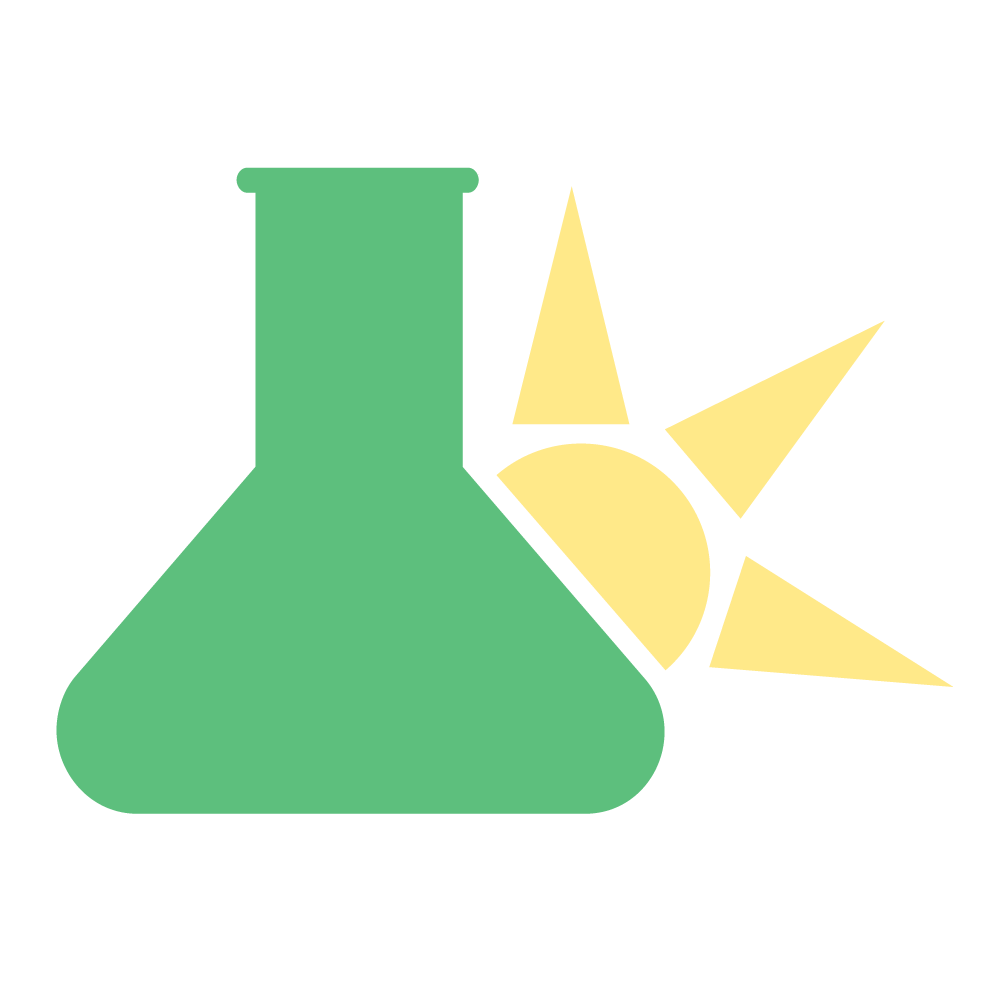



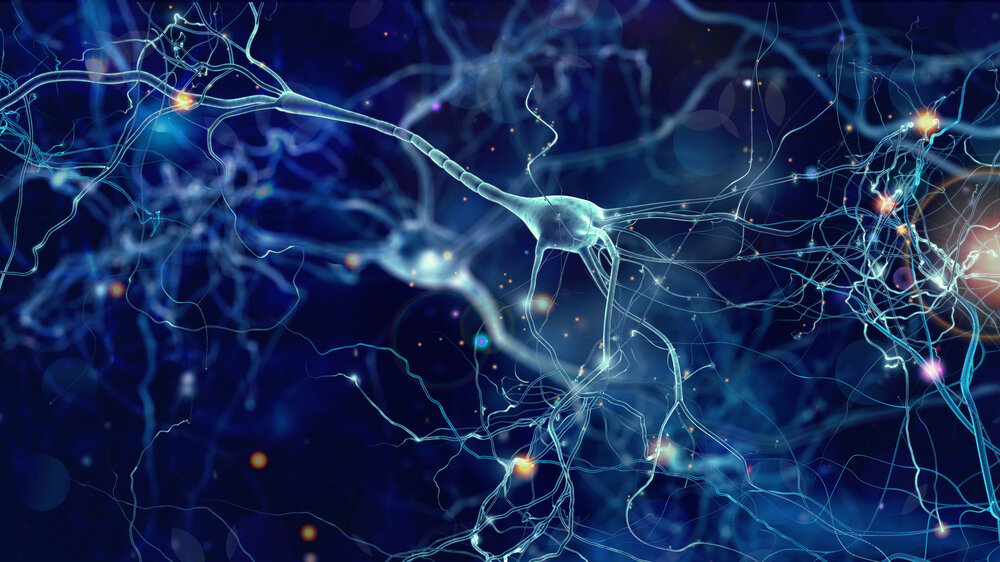











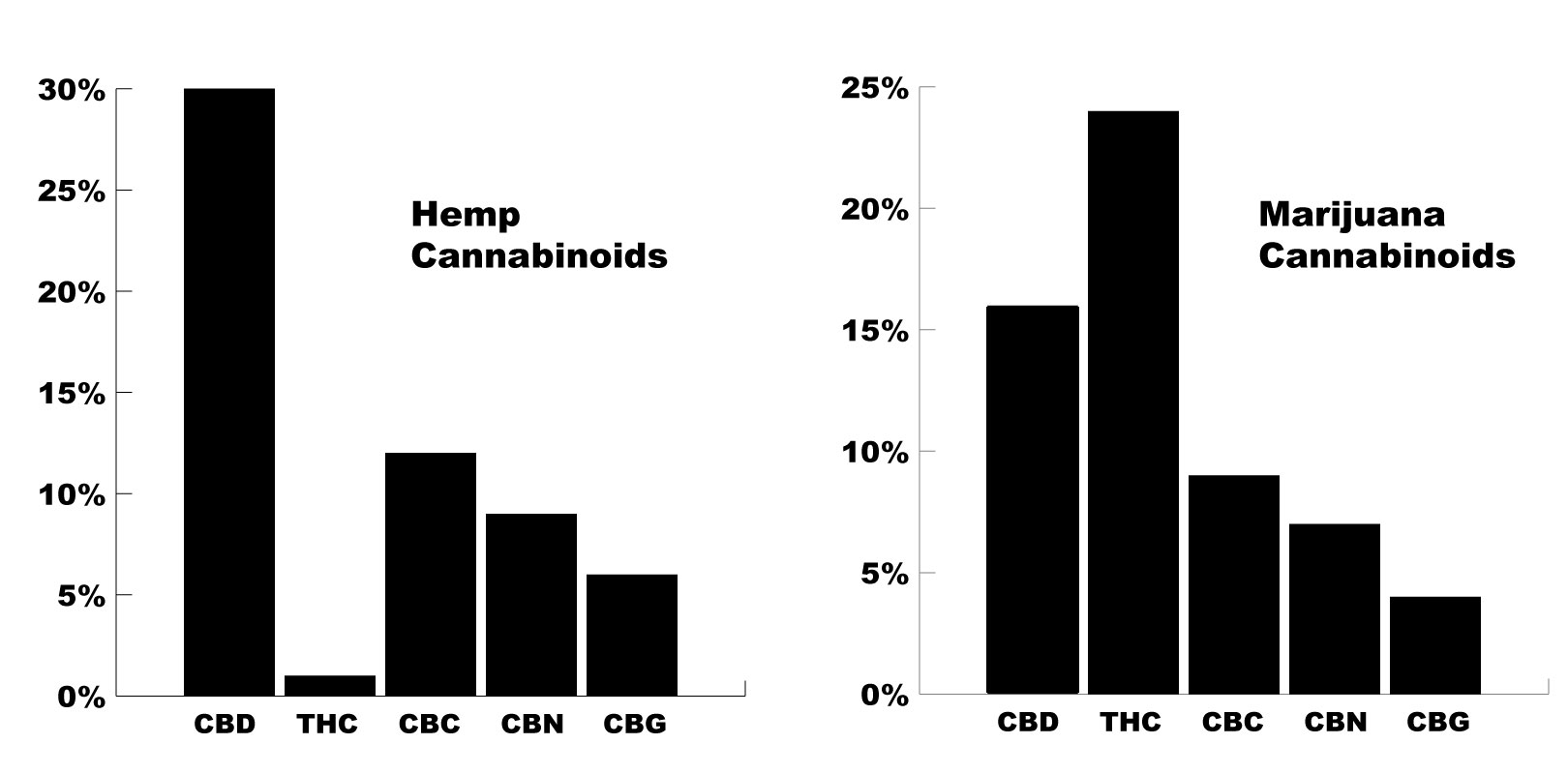





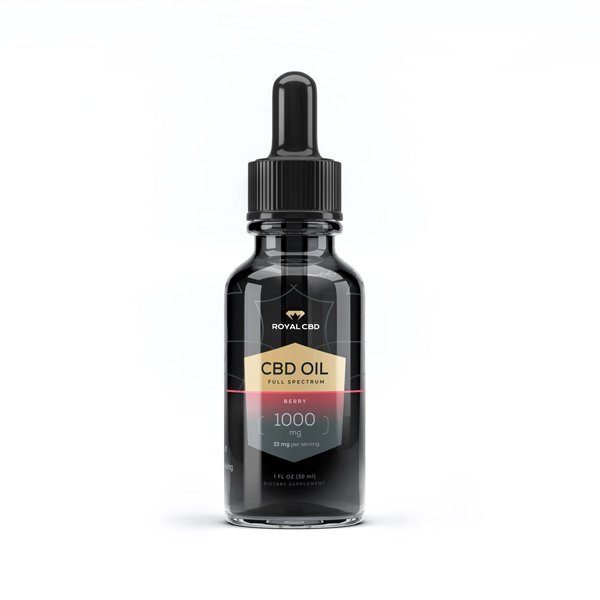


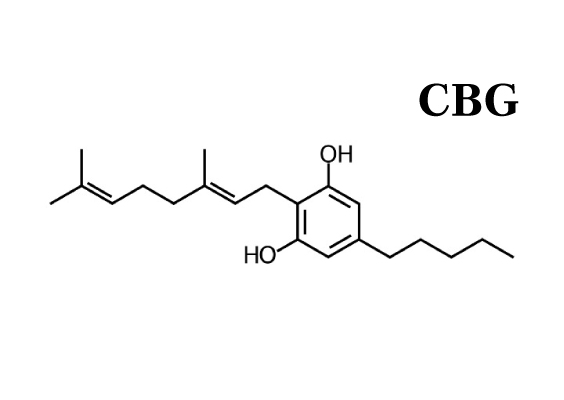



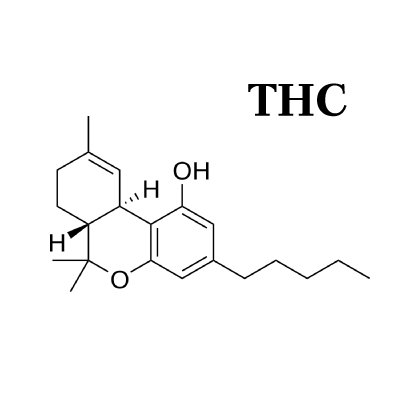






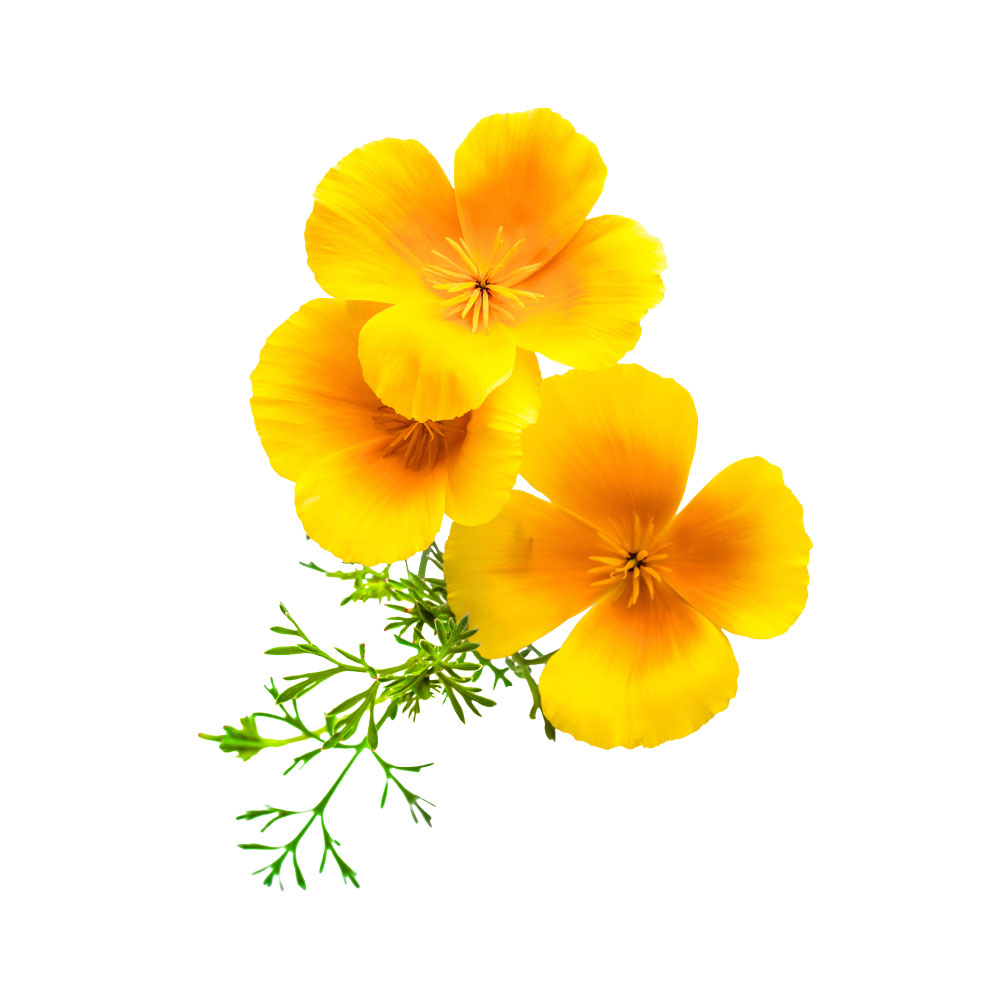
As COVID-19 continues to spread around the world, we’re getting a lot of questions on what the potential role of herbal medicine is during the outbreak. Learn how the virus works and how to limit your chances of transmission.